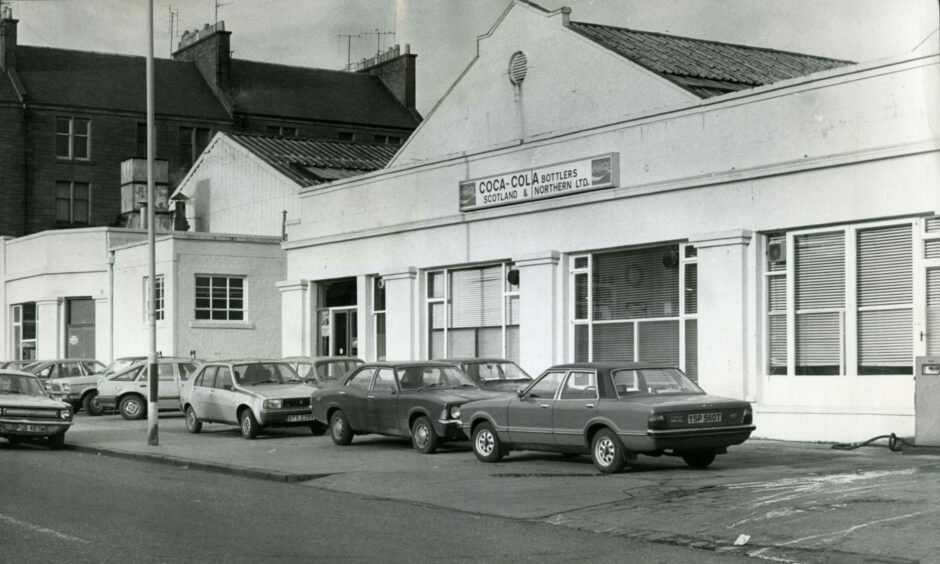
Graeme Cunningham has never forgotten the sights and smells of a summer spent working in Dundee’s long-lost Coca-Cola bottling plant.
Was there a better job during the heatwave of 1976?
Graeme has been sharing his fizzy memories of life in the American giant’s Clepington Road factory, which was part of a wider family of 650 bottling plants in 118 countries.
He was a 19-year-old student at Duncan of Jordanstone College of Art and Design when he spent July and August keeping the brown sugary stuff rolling off the production line.
“Previous to Coke, my only job had been as a Christmas postie and working in Bruce’s Record Shop and I was there when Rod Stewart opened it in 1974,” said Graeme.
“Most seasonal work was had by word of mouth back then, or just phoning companies and asking.
“The holiday fortnight was much more of a thing in the 1970s.
“Staff were encouraged to take holidays then. Mum worked in Timex, and it may have been through her that I heard that Coke were looking for summer staff.”
What was Coca-Cola bottling plant in Dundee like?
The sight and sounds of Coca-Cola bottles whizzing around a conveyer belt was a familiar one for generations of Dundee children.
After opening on the site of Gray’s Garage and car showroom in 1954, the Coca-Cola bottling plant was a cornerstone of Clepington Road for almost 30 years.
Standing in the shadows of tenements on the corner of Graham Street, the plant had huge windows that proved particularly inviting to the local children.
One of the perks of the job for employees was free bottles of Coke.
“It may be my imagination, but Coca-Cola always seemed to taste better in bottles, especially on a ‘good Coke’ day, when the mix was exactly right,” said Graeme.
“The only time I’ve tasted similar was in the hot dog carts when I visited New York around 10 years later.
“We had free Coke but you can have too much of a good thing.
“There were bottle openers attached to the walls all over the plant but, to be honest after a few weeks, the novelty wore off!
“None of the full-time staff drank much Coke, and a tea and coffee machine had been ‘doctored’ to accept something like 2p per drink.
“Maybe they got sick of it as well!”
So how many people were working there in 1976?
“I’d say the full-time staff numbered less than 20,” said Graeme.
“Coke was basically three sections: warehouse, bottling plant downstairs, and upstairs offices and staff canteen. I was mainly employed in the loading bays.
“There were no cans back then. Coke was in bottles.
“The plant also stocked Fanta and Lilt but only produced Coke.
“We’d stand on a platform — the forklift would bring pallets of empty bottles in wooden crates to us and we’d push them down rollers to the bottle washing machine.”
Good job for a bookworm
Company regulations required every bottle had to be thoroughly sterilised before it was passed for use.
“Working on the bottle washing was so repetitive that at least one member of staff read paperbacks while performing his duties,” said Graeme.
The empty bottles came clattering and rattling along the production line, before being filled with Coca-Cola syrup and soda.
Some Dundonians still recall how the machine then turned the bottles upside down to mix the contents, creating Coca-Cola, as if by magic, before their very eyes.
The bottles would continue their journey along the conveyer belt, where they would be sealed with a cap, before being whipped off the production line by hand and into crates.
Graeme said: “That was the part of the operation that could be seen from Clepington Road.
“I recall the whole place being a bit old fashioned now, but a lot of places were back then, I suppose.
“The only big piece of machinery was the machine that washed, then filled, bottles with Coke.
“Alongside the machine was a big open tank that I assumed was full of water.
“It was caustic soda — part of the washing process.
“There was a tale of someone falling into the tank, which may have been exaggerated to frighten students!
“One of my colleagues once spent most of the day cleaning the inside of the sugar hopper, which was sweaty work in the summer of 1976.
“The sugar built up inside over a period and had to be manually scraped off.
“The process would probably be mechanised now.”
Thursday nights in the Clep Bar
Thursday night was when staff worked into the evening and afterwards would head across the road from the plant to gather together for a few drinks in the Clep Bar.
Graeme said: “I saw my colleagues drinking pints of dark stuff called heavy, and my lager drinking days finished there and then, forever converted to a ‘decent pint’.
“I’m also a big vodka and Coke aficionado, though!”
But it was Lilt and Fanta that flowed during a dreaded workplace ritual when wedding bells sounded at the bottling plant during Graeme’s brief spell with Coke.
He explained: “Most workplaces back then had rituals for those unfortunates who were getting married. I’ve seen poor lads shrink-wrapped naked to lamp posts in mid-winter!
“The Coke version I witnessed was a bit more civilised. I witnessed a forklift driver being ‘christened’ with Lilt and Fanta.
“I just hope he’d brought a change of underwear, or that would have been a pretty sticky day for him!
“So, yes, it was certainly an interesting job, an eye-opener in many ways.
“Manually it was quite demanding, which was probably why I didn’t go back for a second year.
“After Coke, I did two years’ holiday relief in both Timex and Liff Hospital.
“Around that time, Coke started appearing in plastic bottles and I’m assuming that signalled the beginning of the end for the Clepington Road plant.”
Was the fat lady clearing her throat?
The soft drink market had already started to go flat, and there were fears for jobs at the Clepington Road premises.
Those fears materialised in February 1983 when it was announced that the Dundee Coca-Cola premises would be closing on April 11 that year.
A total of 19 members of staff were made redundant when the plant closed.
The former factory is now a sheltered housing complex and Graeme recently took a trip down memory lane when he returned to the scene of his former workplace.
Not for the first time…
“I delivered medication there a couple of times when I did pharmacy delivery,” he said.
“It was an odd feeling!
“Looking back, it was sad to see the factory closing.
“Social media not being a thing back then, I never kept in touch with anyone.
“One last story I remember, though, sums the folk up perfectly.
“At that time charity raft races were very popular.
“Companies built makeshift rafts and took part in sponsored raft races on the Tay.
“I read an article the following year and saw a picture of my former colleagues taking part. It was traditional to name your team.
“The Coke team were called Fanta Bits.
“Very Dundee.
“That still makes me smile.”
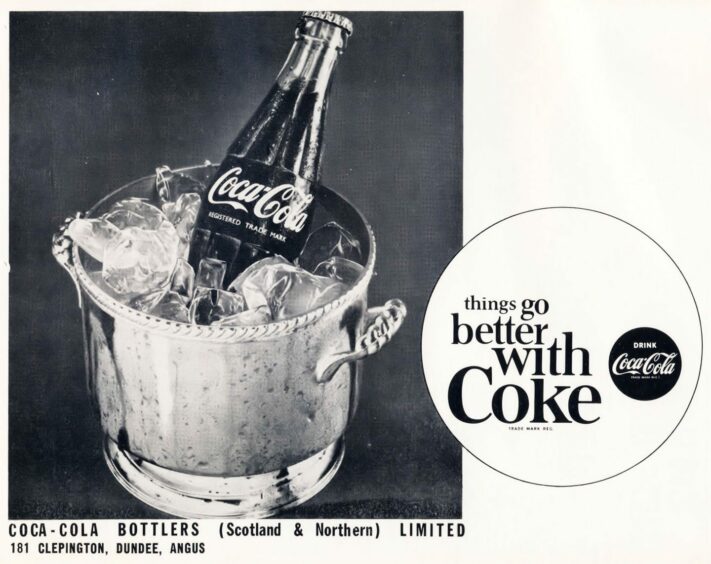
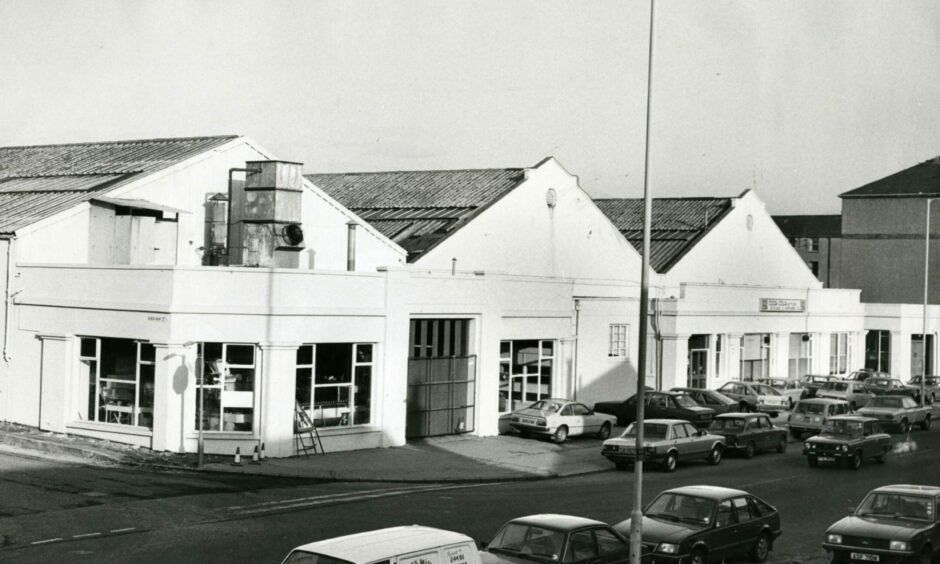
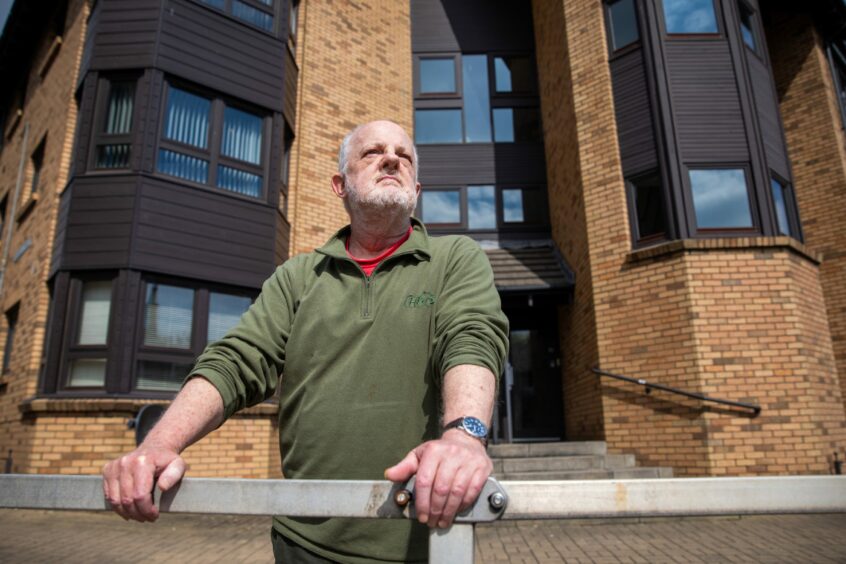
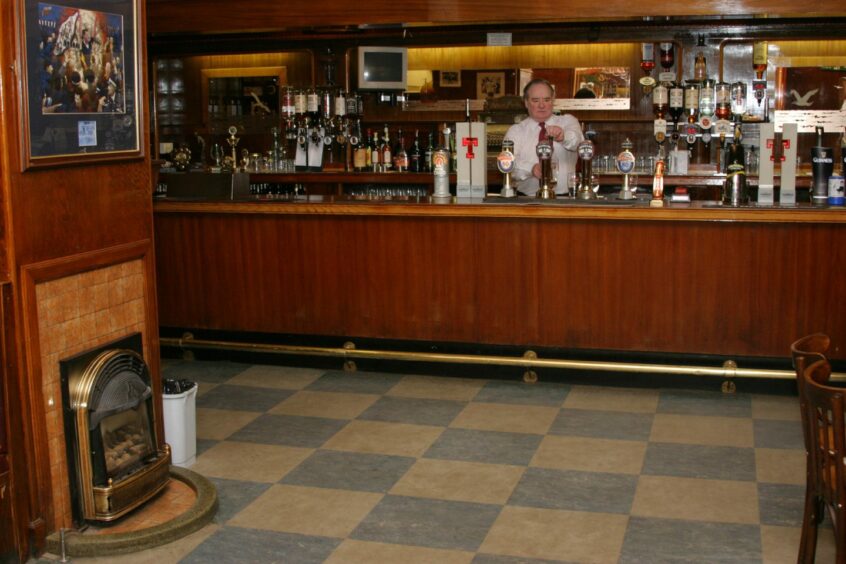
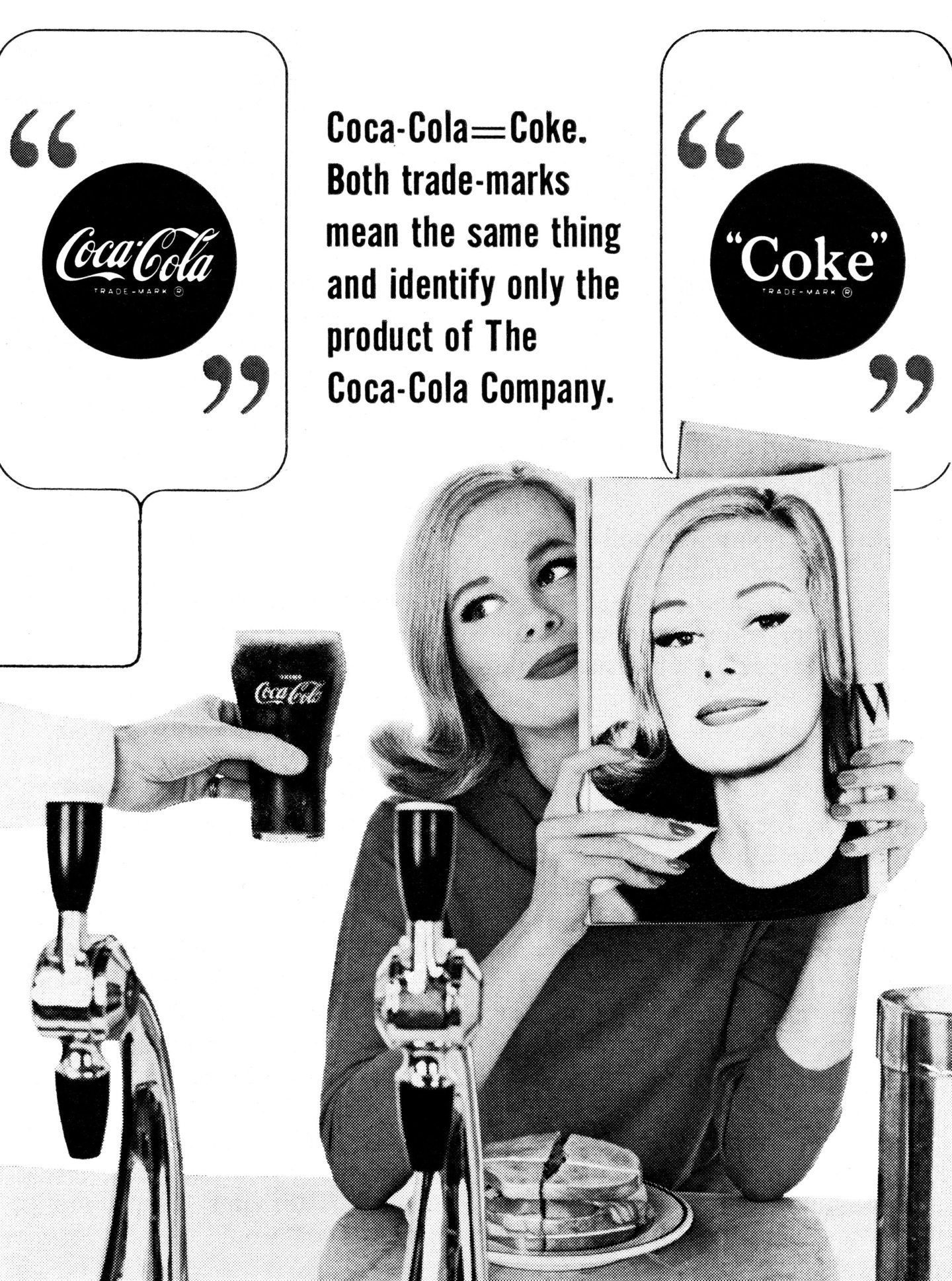
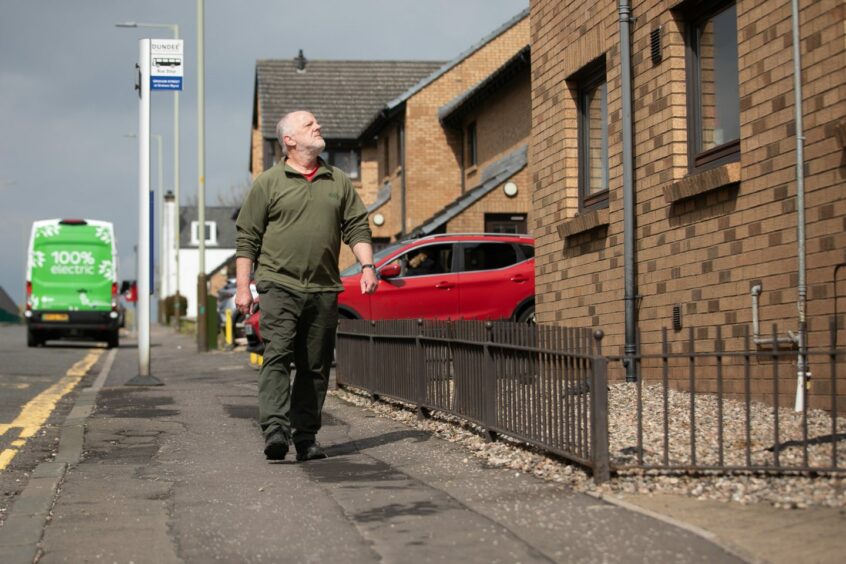
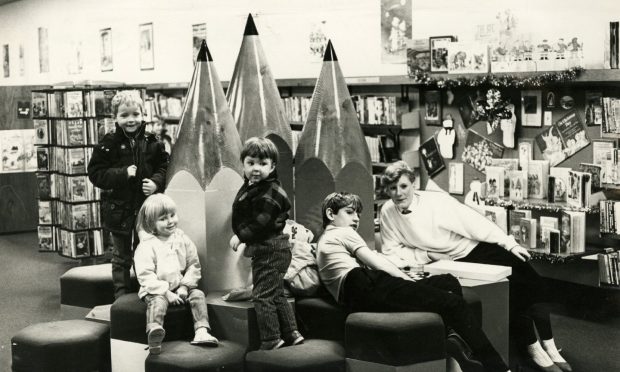

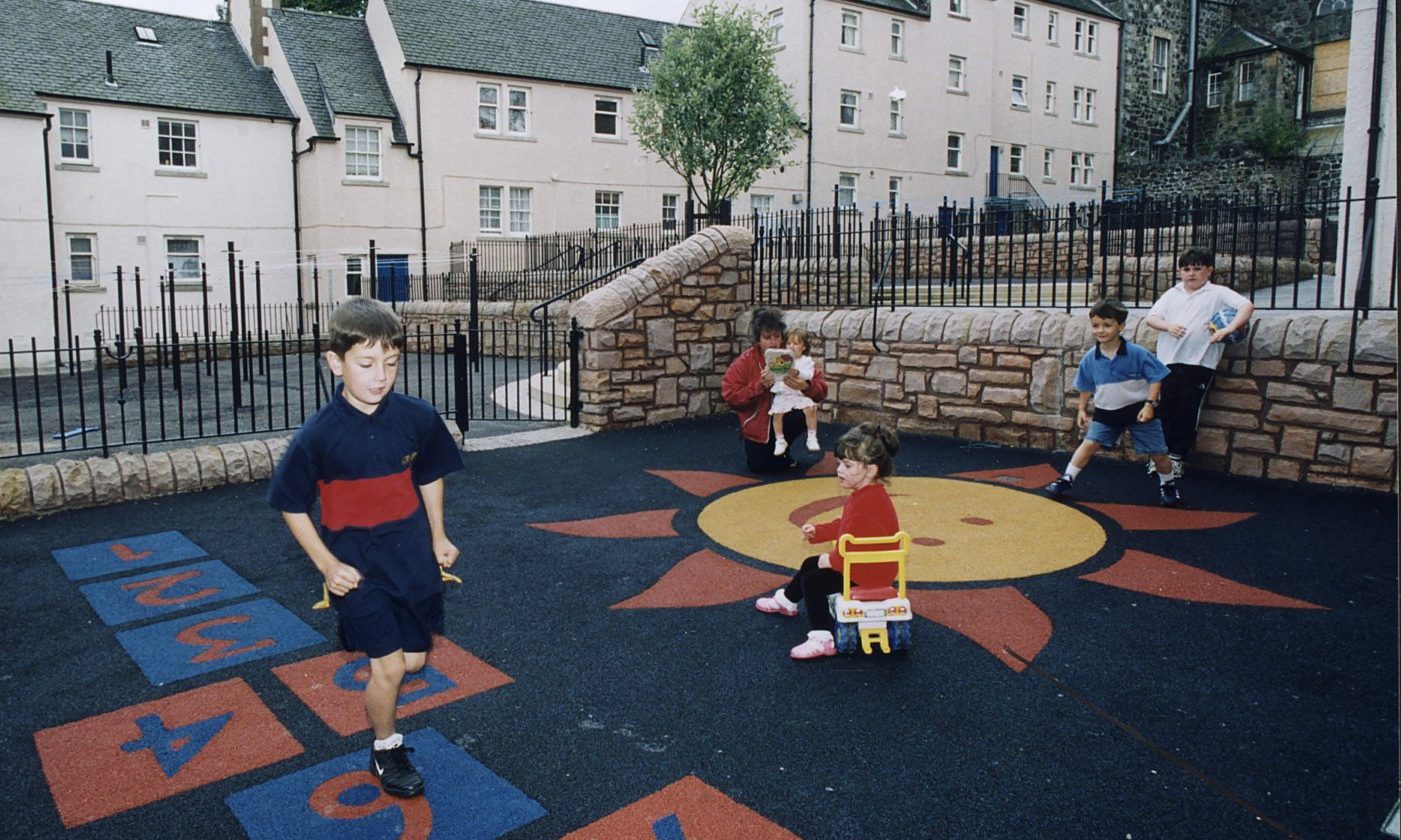
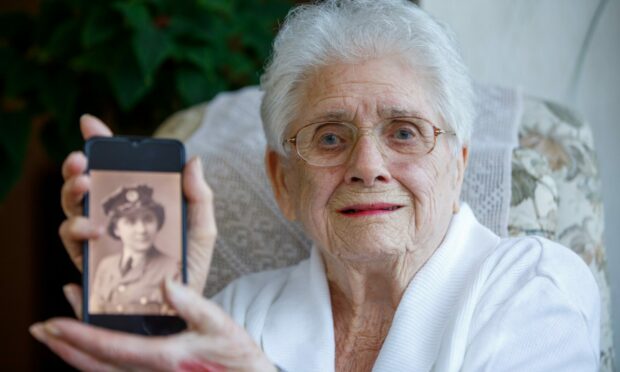
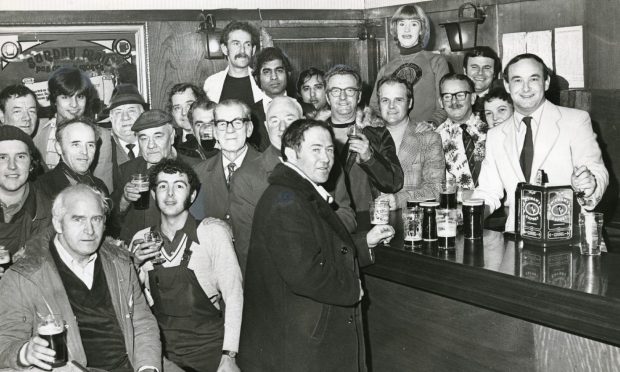
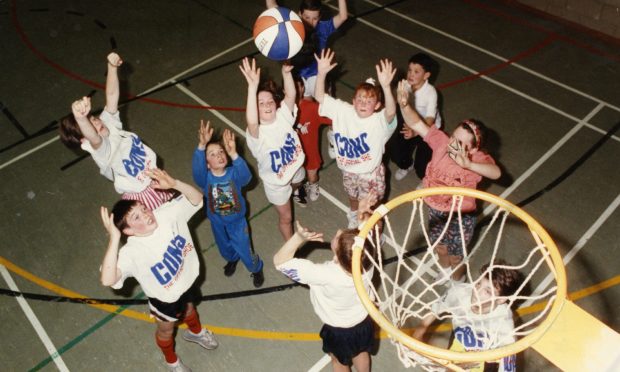
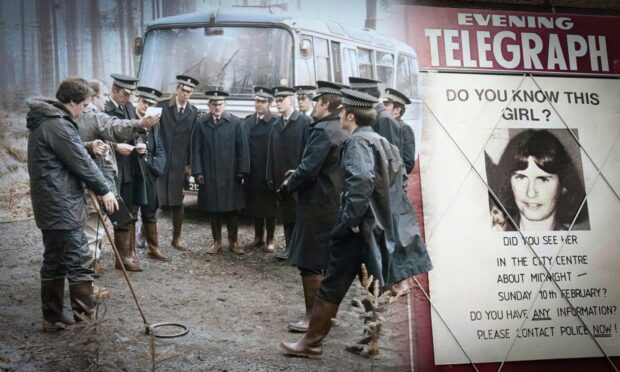
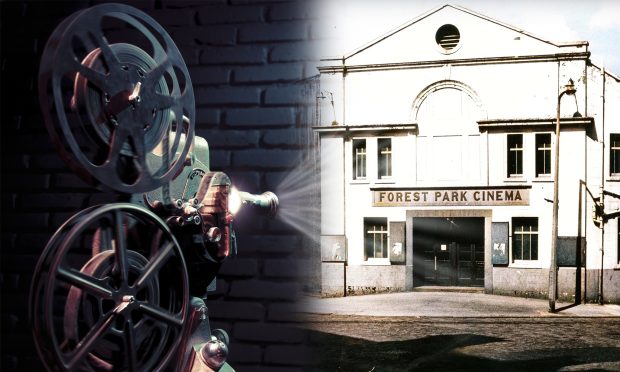


Conversation